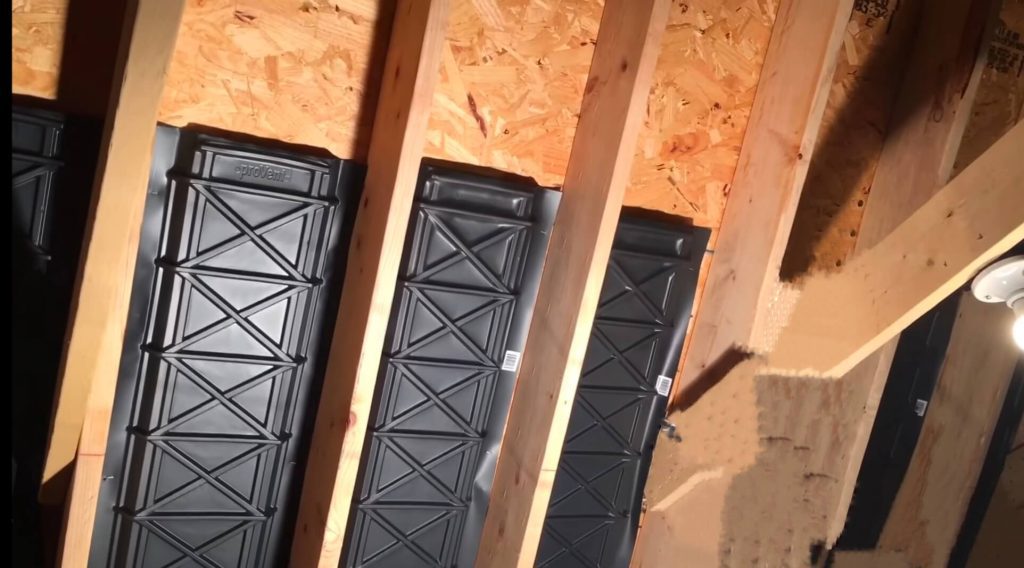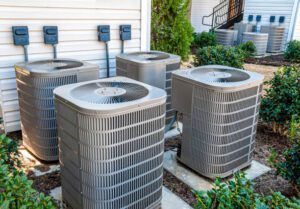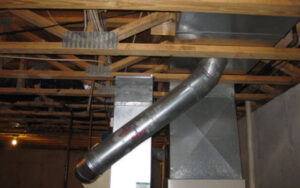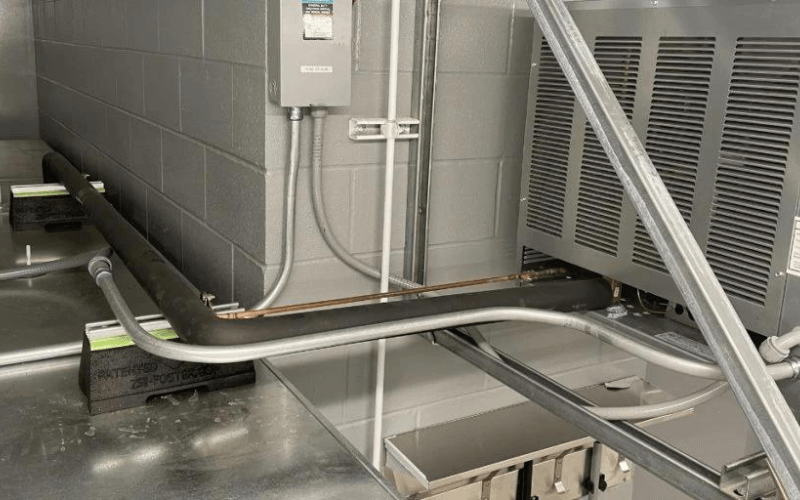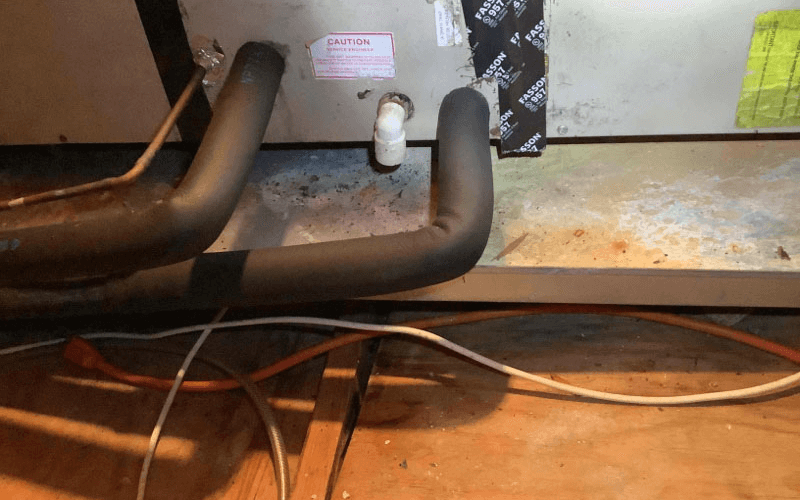Attic insulation keeps your home cool during the summer and warm in the winter. The most important protective layer that insulates a house from the outside climate is attic insulation. As a result, selecting the best insulation for the attic is critical for maximizing your long-term ROI. But What Insulation For the Ceiling of the attic is the best? For your convenience, we’ve done some research and found the answer.
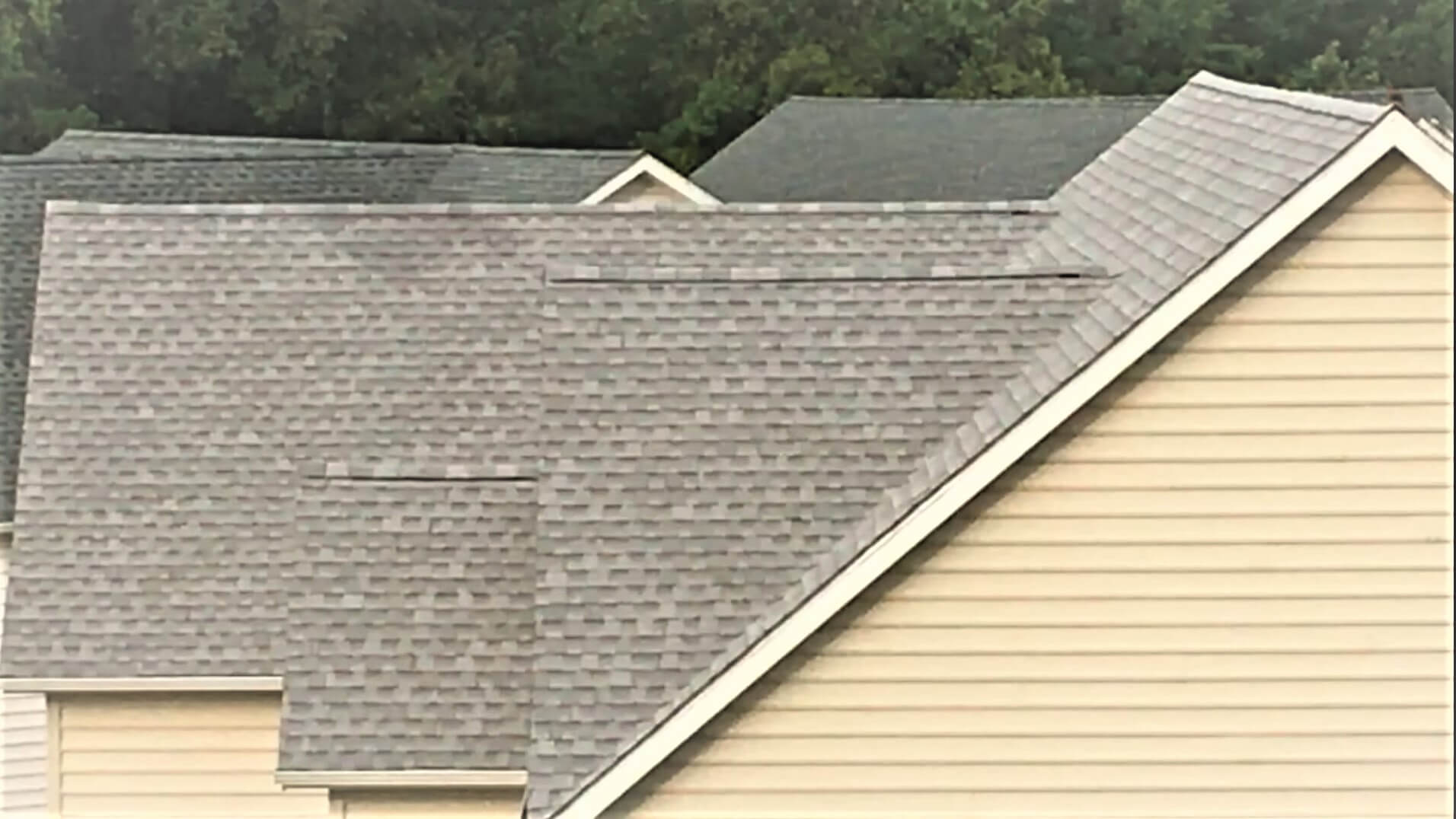
Roof insulation comes in various types, each with its advantages and disadvantages. Here is a list of them and a rundown of which is the best among them based on our research.
Table of Contents
ToggleTypes of Attic Insulation
Attic insulation comes in various types, including spray foam, cellulose, radiant sheets, and mineral wool, each with its own set of advantages and disadvantages.
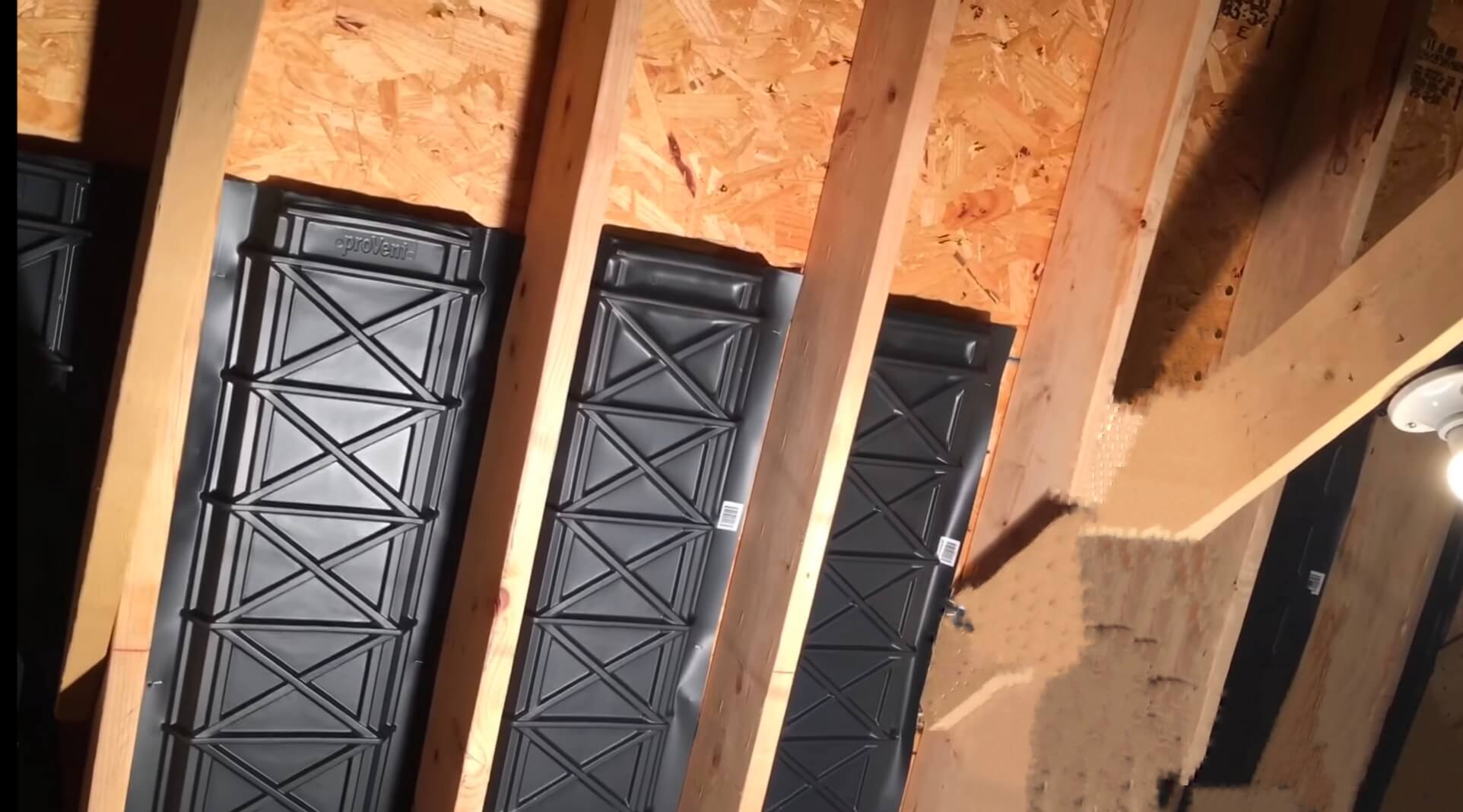
Foam spray
The most common type of attic insulation is spray foam. They’re used with ceiling insulation to insulate edges and corners better and close existing wall gaps. It can be challenging to remove the most expensive types. However, this is the most effective way to keep a house cool in the summer and warm in the winter.
When sprayed onto a wall or attic, spray foam expands and hardens into a solid foam. If you’ve never used spray foam before, consider hiring a professional to do it right.
Cellulose
Cellulose insulation is typically made of wood or recycled paper, and the company often labels it as a green product. Cellulose has slightly more recycled content than other insulations, but its environmental impact is not considered “green,” which is a significant drawback of cellulose.
Mineral Wool
Mineral wool mats, made from lava and recycled slag from steel mills, are gaining popularity in Canada and Europe but are experiencing a resurgence in the United States. Mineral wool is more expensive than fiberglass, but you get what you pay for in terms of benefits like fire barriers, water warriors, and quiet walls.
Mineral Wool melts at 2150 Fahrenheit. It is non-combustible, making it an effective safety barrier to prevent house fires from spreading. Mineral wool is waterproof and fire-resistant, allowing it to continue to insulate even when the worst moisture leaks occur. Mineral wool is highly effective at keeping outside noise out of the house
Foil Radiant
Radiant foil insulation is more common in warm climates as it reflects the heat from the house. It works by putting a reflective foil barrier between kraft paper and polyethylene foam. By creating air pockets that slow the heat transfer through the substance, bubbles help to prevent heat transfer through the wall.
On the other hand, radiant foil reflects heat flow rather than reducing it. Because of this difference, measuring brilliant foil is impossible due to the same factors that affect blanket, spray, or foam board insulation. It is one of the most affordable forms of insulation.
Why might you want to choose spray foam?
Spray foam insulation is an excellent choice for attics. Let’s look over the benefits of foam insulation below to help you understand why it might be your most suitable option.
R-Value (Insulating Efficiency)
Insulation’s R-value refers to its ability to keep heat from escaping the house. R-values of insulation is measured per inch of insulation.
The higher the R-value, the lower the energy charge and higher the adiabatic efficiency. Foam insulation has an R-value of about 3.5 per inch, but this value varies depending on foam insulation. This insulation has a higher R-value than most other types, making it an excellent choice for better climate control.
Airtight Seal
The airtightness of spray foam insulation is one of its most advantageous features. The foam insulation creates an airtight seal when sprayed onto the attic, making it even better insulation. Moisture and unwanted creatures cannot enter the attic since the seals are airtight.
Waterproof
Spray foam is also waterproof, making it the best attic insulation. Many types of attic insulation have the disadvantage of being significantly less effective when wet. Furthermore, wet insulation can lead to mold growth, leading to more problems.
Increased structural integrity
Spray foam provides excellent insulation while also strengthening the structure of the home. Spray foam is unique in that it expands to fill the surrounding corners and gaps, as previously mentioned. It reinforces the roof and increases its stability.
Cost
You might believe that spray foam insulation for the attic should be expensive. But the spray foam insulation costs are comparatively less than other types of insulation. Spray foam insulation is therefore extremely valuable due to its numerous advantages.
What Is the Impact of Attic Insulation?
If you’re thinking about Installing Attic Insulation, you might be wondering how much of a difference it will make. Attic insulation provides the Best Cooling And Heating Performance in the summer heat and winter cold respectively. Insulating your attic impacts your energy bill (later), and you’ll notice the difference. It is the most effective way to make your home more energy-efficient.
Attic Insulation’s Life Expectancy
The insulation determines how long the attic insulation lasts. The average lifespan of some common types of insulation is listed below for convenience.
- Over 80 years of fiberglass
- 15-30 years for cellulose
- Over 80 years of spray foam
- Mineral wool of a 100-year lifespan.
Choose the Best Insulation For Attic!
Insulating your attic can help protect your home from extreme temperatures and humidity while lowering your heating and cooling bills. In the winter, insulation acts as a barrier to prevent heat flow from the inside to the outside of the house, and in the summer, it acts as a barrier to prevent heat flow from the outside to the inside. We hope that this guide has given you a better understanding of how spray foam insulation can help you save money by increasing your home’s energy efficiency.

